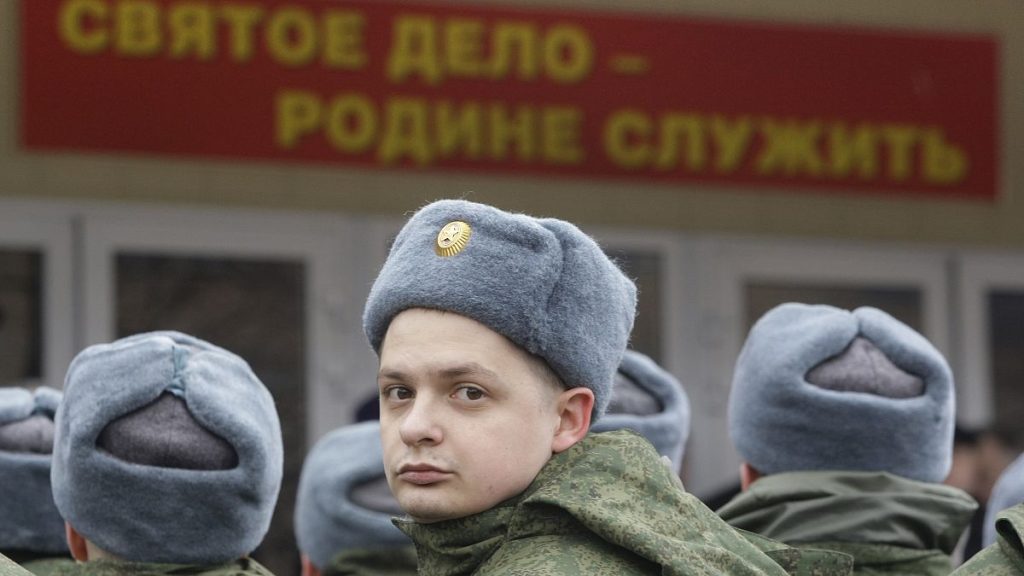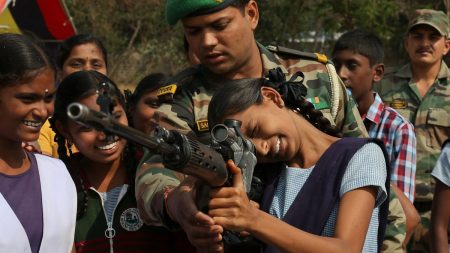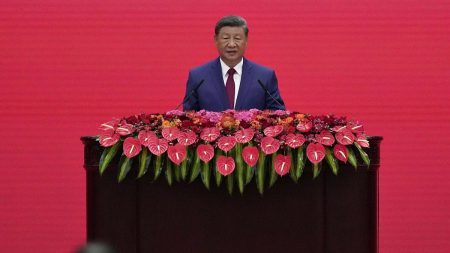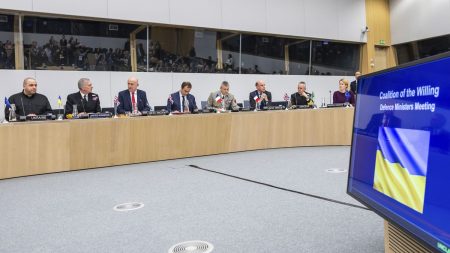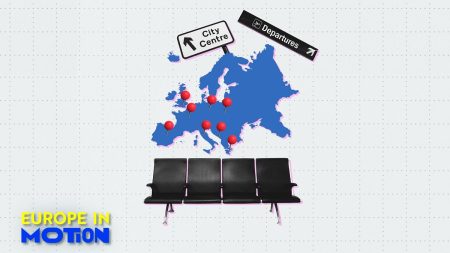Russia has initiated a new conscription campaign under President Vladimir Putin’s decree, calling up 133,000 individuals for military service. This campaign, which began on Tuesday and runs until the end of December, is the second campaign since the maximum conscription age was raised to 30. New conscripts undergo basic and advanced training before being assigned to units. While conscripts are not legally allowed to be deployed to combat with less than four months of training or outside of Russia, many end up in Ukraine after signing professional army contracts post-conscription. The NGO “Get Lost” supports individuals trying to avoid conscription, as conscripts are often coerced into signing contracts with promises of safer deployments or through falsified documents.
Forced mobilization also occurs in Ukraine, with last year’s conscription campaign in Russia including residents of occupied Ukrainian territories. The National Resistance Centre in Ukraine reported the creation of “federal commissariats” in occupied areas, calling on eligible individuals to provide personal data for conscription. In August, when Ukraine invaded the Kursk region, Ukrainian forces captured Russian conscripts, which were exchanged for Ukrainian soldiers held in Russian captivity. These Russian soldiers were deemed valuable assets for Moscow, especially in negotiations for the release of Ukrainian prisoners.
Russian President Putin has avoided declaring another partial mobilization of reservists since his 2022 decision to mobilize 300,000 troops in response to Ukrainian offensives. The Institute for the Study of War stated that Russia may lack the necessary manpower for both offensive operations in Ukraine and defensive efforts along its border. Reports indicate that Russia is recruiting individuals at a daily rate of around 1,000, totaling 30,000 per month. However, these figures may be inflated, suggesting that Russia relies on a combination of regular military forces, mobilized personnel, and deceived volunteers to sustain their operations in Ukraine.
The Russian government has presented a budget plan allocating €165 billion for national security and defense in 2025, representing 41% of annual expenditures. This budget includes provisions for €136 million annually to create a mobilization reserve in the armed forces and €388 million to support the “Defenders of the Fatherland Fund,” which aids Russian veterans and their families. However, despite this significant investment in defense, questions remain about Russia’s ability to sustain its military operations in Ukraine without a further mobilization of troops or alternative recruitment strategies.
In conclusion, Russia’s latest conscription campaign has raised concerns about the deployment of conscripts to Ukraine through post-conscription contracts and coerced agreements. Meanwhile, forced mobilization efforts in Ukraine have also been reported, adding to the complex dynamics of the conflict. The reluctance of Russian President Putin to declare a partial mobilization of reservists suggests potential challenges in maintaining the scale and tempo of operations in Ukraine. As Russia continues to recruit individuals to replenish their forces, questions arise about the sustainability and cost of their military efforts in the region.




